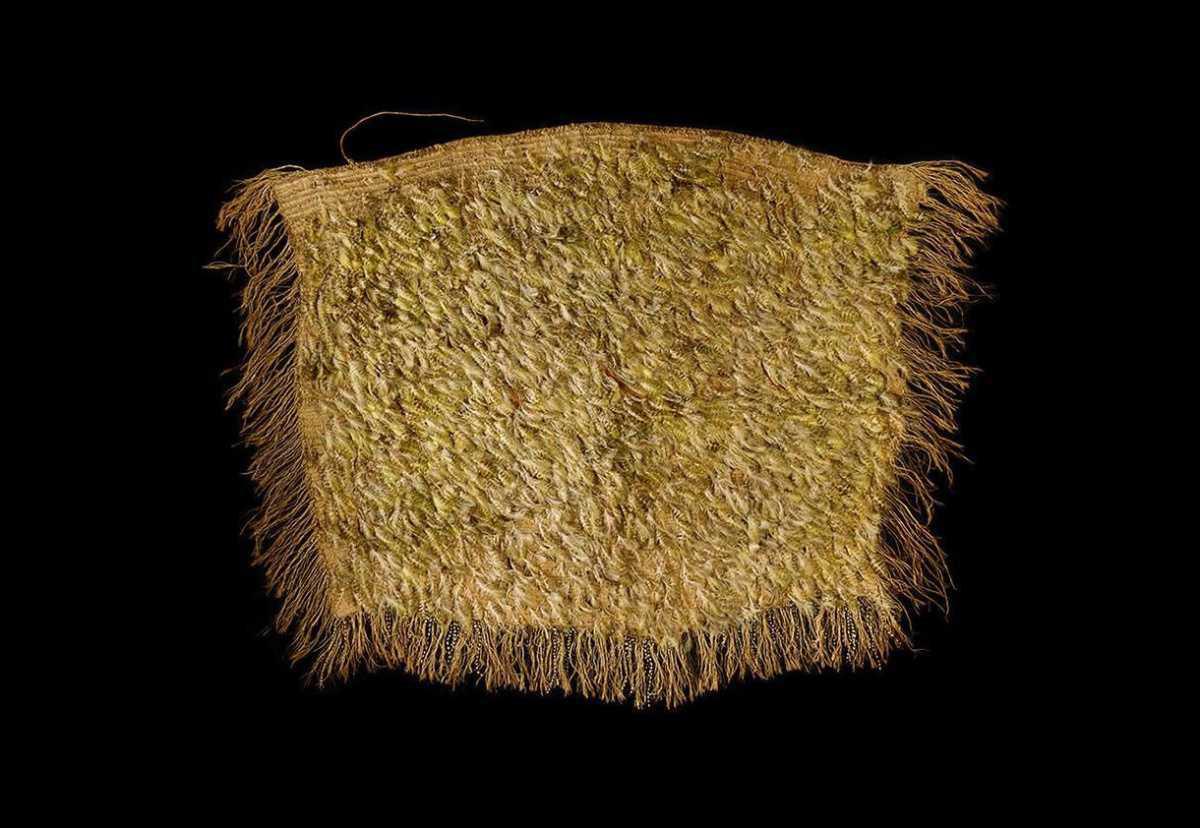A unique Māori cloak, made from the feathers of the critically endangered kākāpō has gone on public display following vital conservation work by Culture Perth and Kinross, the British Museum, and the Museum of New Zealand Te Papa Tongarewa.
The kākāpō, also known as the owl parrot or moss chicken, is a rare ground-dwelling parrot of the superfamily Strigopoidea. As of 2023, there are only 247 known living individuals of the species left in New Zealand’s islands, making the kākāpō currently under threat of extinction.
Fossil records show that before the introduction of mammalian predators by human settlers, the kākāpō was one of the most common birds across all three main islands.
Due to its inability to fly and a response mechanism of freezing when threatened, this left the kākāpō easy prey as a food source for the Māori. Furthermore, its eggs and chicks were preyed upon by the Polynesian rat or kiore, which the Māori brought to New Zealand as a stowaway.
The cloak was part of a collection of taonga (highly valued cultural heritage), which was acquired by David Ramsay, a ships surgeon who settled in Perth in 1823.


